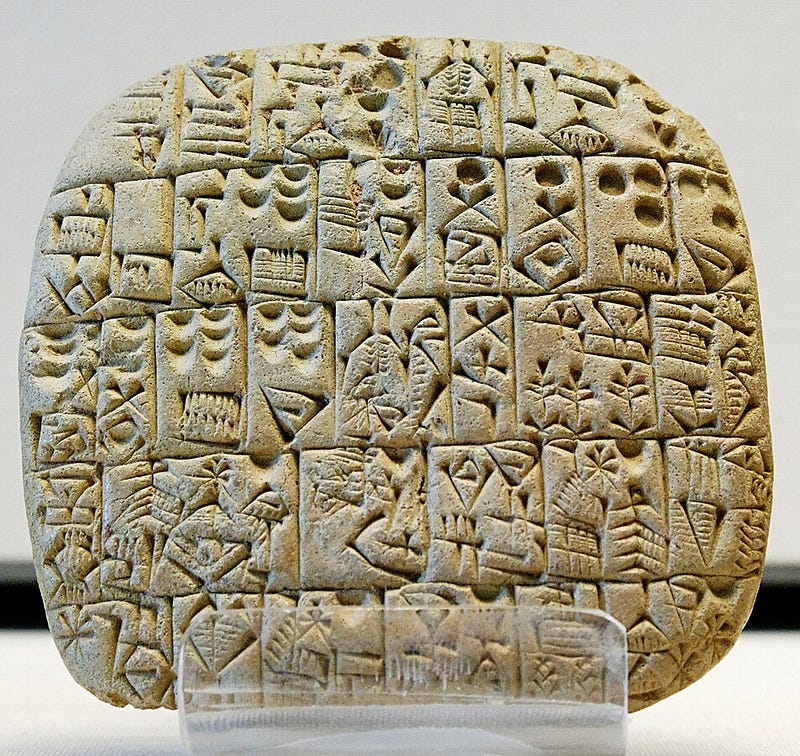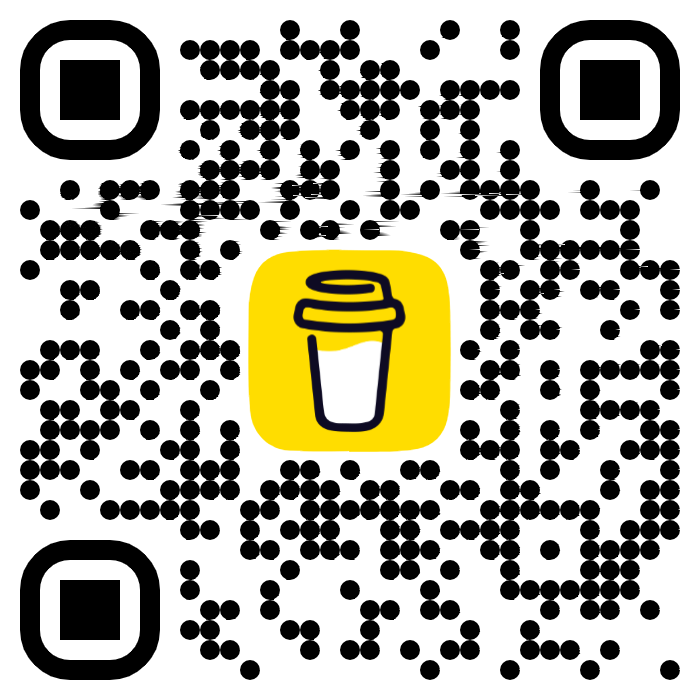Unlocking Ancient Secrets: AI and 3D Scanning of Cuneiform
Written on
Chapter 1: The Power of Digital Technology
The recognition of ancient texts, even those that have been difficult to interpret for thousands of years, has been significantly enhanced through artificial intelligence (AI) systems. A pivotal aspect of this advancement has been the utilization of 3D scanning technologies. Cuneiform writing, which originated in the Middle East, possesses a multidimensional structure that complicates its reading.

[Photo: Bjørn Christian Tørrissen, CC BY-SA 3.0, via Wikimedia Commons]
In recent years, researchers studying ancient civilizations have increasingly harnessed the capabilities of AI. The vast computational power available today allows for data analysis on an unprecedented scale.
Cuneiform Tablets: A Rich History
During archaeological digs in Syria, Jordan, Iraq, and other parts of the Middle East, a multitude of ancient clay tablets, often referred to as 'books,' were discovered. Unlike the ancient Egyptians, who utilized paper and papyrus, these early cultures inscribed their texts onto small clay tablets using a stylus, giving rise to the name "cuneiform."
Experts estimate there could be nearly a million known cuneiform tablets, many of which remain undeciphered. This isn't due to a lack of possibility but rather the limited number of scholars proficient in the various ancient languages inscribed on these tablets.
This is where AI steps in to provide assistance. A collaborative group of specialists from Martin Luther University Halle-Wittenberg (MLU), Johannes Gutenberg University Mainz, and the University of Applied Sciences Mainz in Germany recently showcased their digital technology proposals at the ‘Graphics and Cultural Heritage Conference’ in Italy.
“Within these tablets, everything from commercial records to legal documents can be found. They offer a glimpse into humanity's past spanning thousands of years. However, their deteriorated condition poses significant challenges for even the most skilled historians,” noted Hubert Mara from MLU.

[Photo: Louvre Museum, Public domain, via Wikimedia Commons]
3D Scanning: A Game Changer
Researchers have pointed out that cuneiform writing’s multidimensional nature requires precise angles for accurate deciphering. To tackle this, they employed 3D scanning in conjunction with specialized software. According to the German team, this new method yields more consistent results compared to earlier techniques. They tested this innovative tool on nearly 2,000 tablets from a German collection.
The AI system they developed functions similarly to Optical Character Recognition (OCR) software, which converts images of writing into machine-readable text. This conversion offers numerous benefits, making it easier to read or search for specific terms within the texts.
“OCR typically handles images of ink on paper or parchment quite well. However, cuneiform tablets pose unique challenges due to the influence of light and viewing angles on character identification,” explained Ernst Stötzner from MLU, who was involved in developing the new AI technology.
The team trained the AI software using 3D scans and supplementary data, enabling it to recognize tablet symbols with remarkable accuracy. “We were astonished that our system performed well even with images of lower quality,” Stötzner remarked.
The results indicate that the AI system successfully transcribes cuneiform characters, identifying them in situations where human interpreters might struggle. This development significantly eases the work of experts, although final translations still require human input.
The first video titled "Archaeologists Use Artificial Intelligence (AI) to Translate 5,000-Year-Old Cuneiform Tablets" explores how AI aids in deciphering these ancient texts, shedding light on the historical significance of these tablets.
AI Innovations and Cuneiform Translation
This is not the first instance of employing machine learning for analyzing cuneiform texts. Earlier this year, researchers from Israel introduced their own approach, albeit with a different methodology. Their AI system translated condensed cuneiform writing into English transliteration. In this case, specialists familiar with ancient languages initially examined the tablets, attempting to decipher the symbols before transcribing them into the Latin alphabet. Although the Israeli team also tested their system directly on the tablets, it showed enhanced performance with transliteration.
The second video titled "Revolutionary AI Translates 5k-Year-Old Cuneiform Tablets Instantly" discusses the advancements in AI technology that facilitate the translation process, highlighting the intersection of modern technology and ancient history.
Conclusion
The intersection of AI and archaeology continues to reveal new insights into our past, as demonstrated by these innovative techniques for deciphering cuneiform tablets. This collaboration between technology and historical scholarship not only enhances our understanding of ancient civilizations but also opens up new possibilities for future research endeavors.

